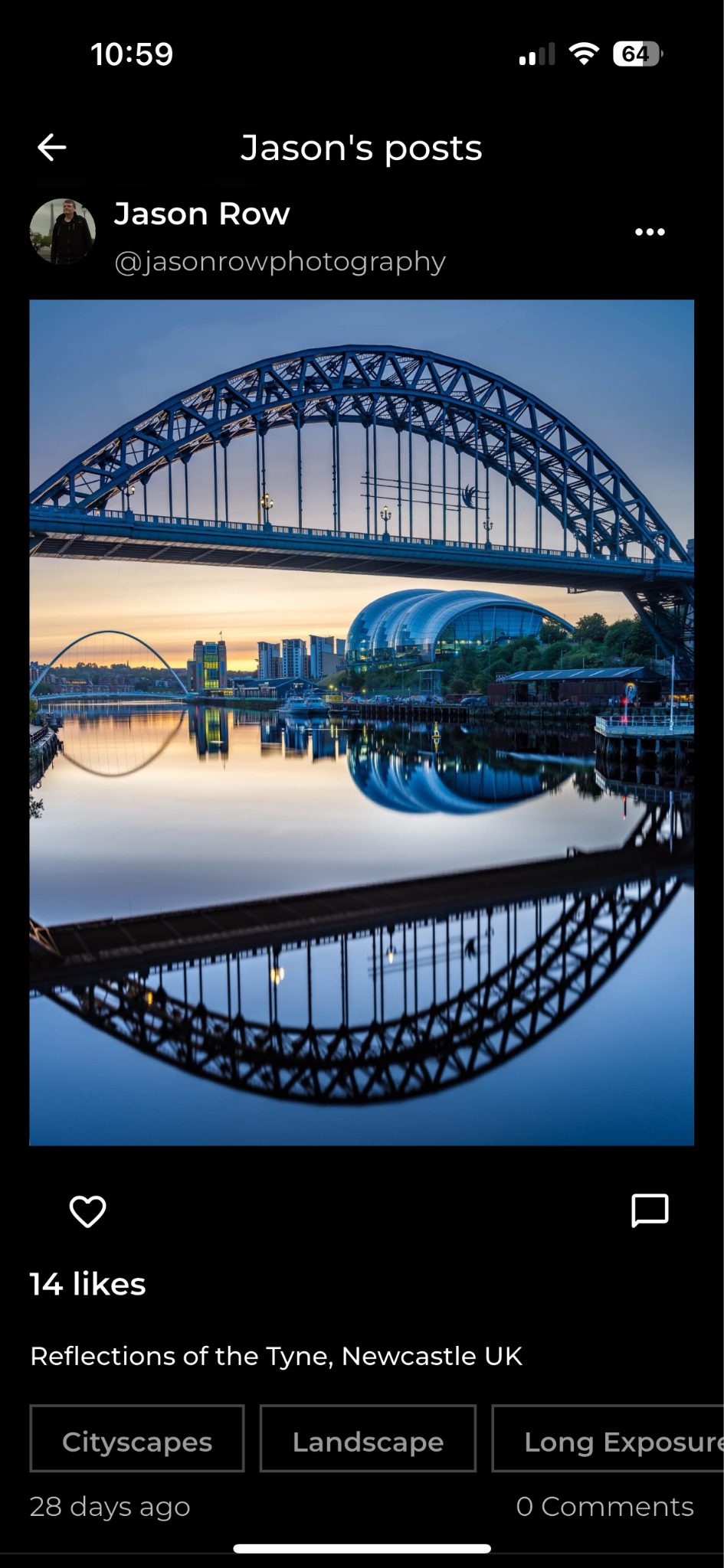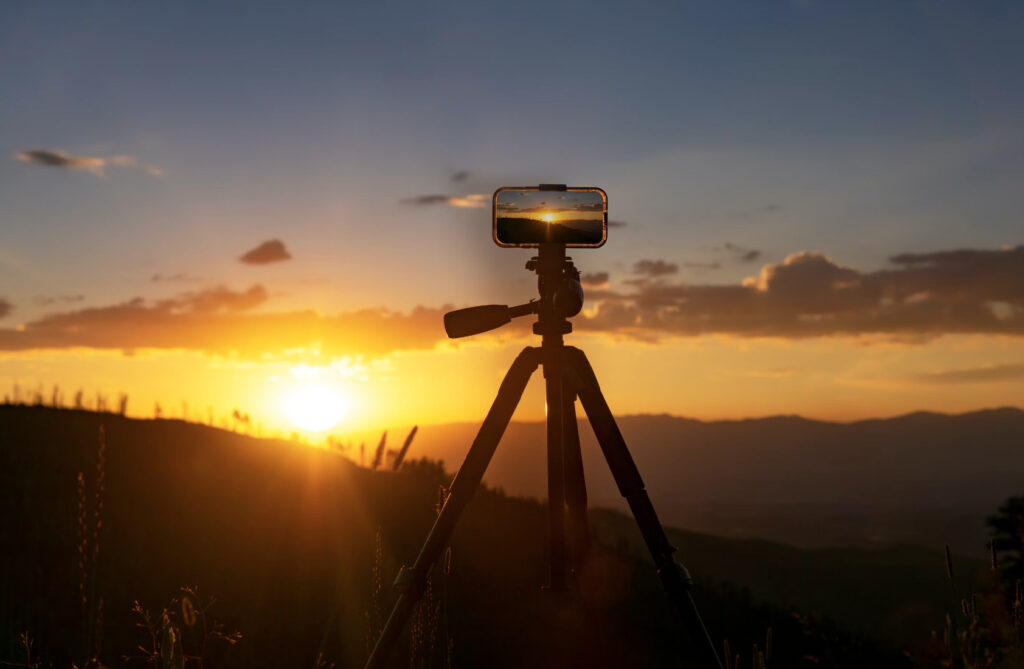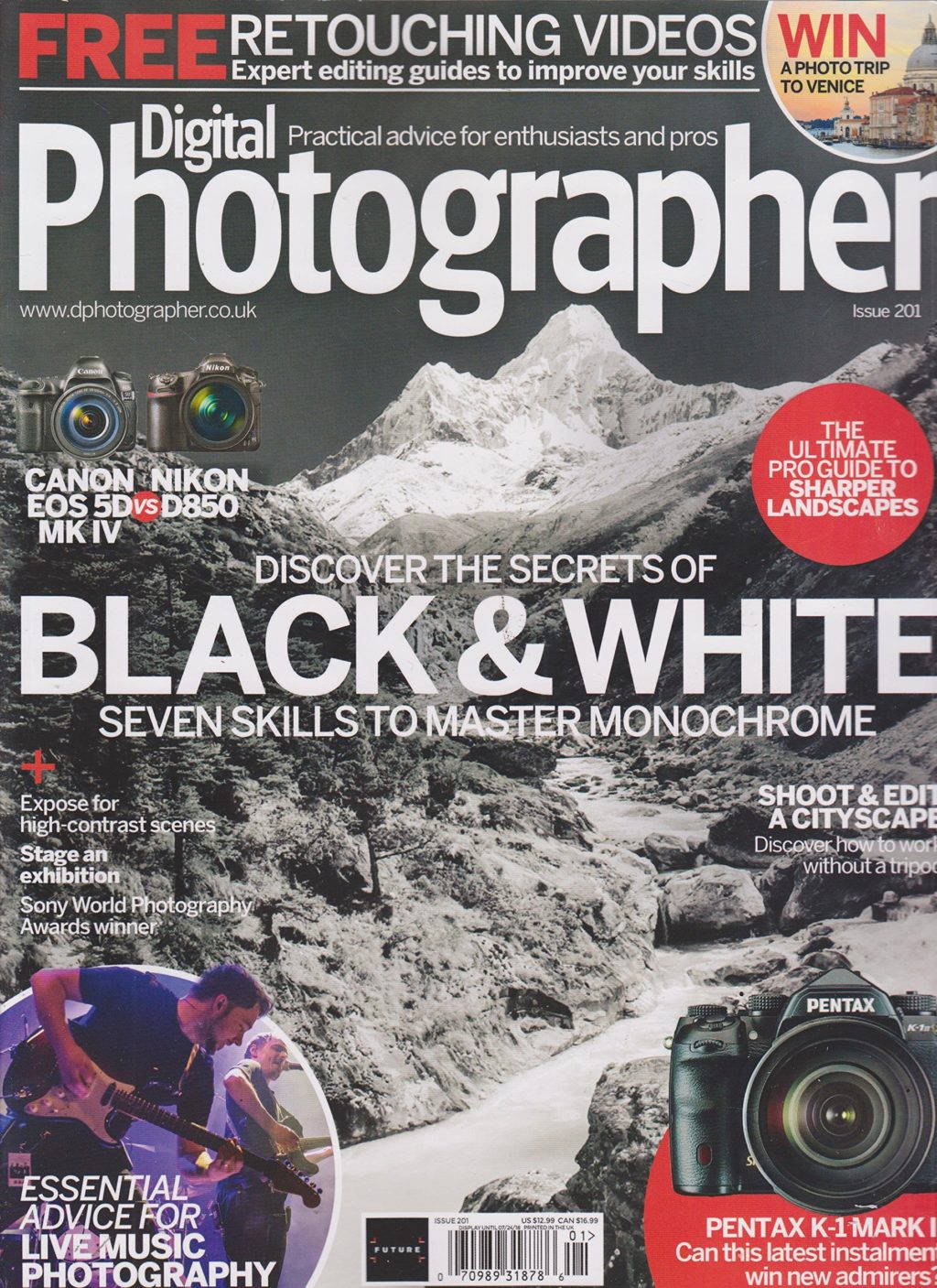There is an English saying, “buy cheap, buy twice.” It means that you get what you pay for. Even at its cheapest, photography is an expensive pastime. However cutting corners due to cost will often lead to disappointment. It also often leads to the need to break out the credit card again to upgrade the budget item that is so disappointing.
Whilst there are certain areas in photography where, with a little research, you can save money, they are also some area where going budget will be a false economy. Today we are going to look at some items that you really ought to invest decent money in.
Tripods
Its one of the first things we buy after getting our camera and kit lens. Why? Because it opens a huge range of creative possibilities. Sadly it is also one of the primary areas where we go “budget” A quick trawl through eBay will reveal a host of tripods for $20-$30. Buy one of these and the chances are you will use it twice and then give up.
Budget tripods are made of flimsy materials. The heads and often fragile and even the legs are made from plastic. Apart from the disappointing image results due to camera shake, using them is an exercise in frustration too.
Buying a quality tripod is a given if you want good low light images. Sturdy well made legs that extend and contract easily. Smooth panning and tilting and quick release plates. These are all items that make life easier when out shooting. A quality tripod will last many years, perhaps even decades.
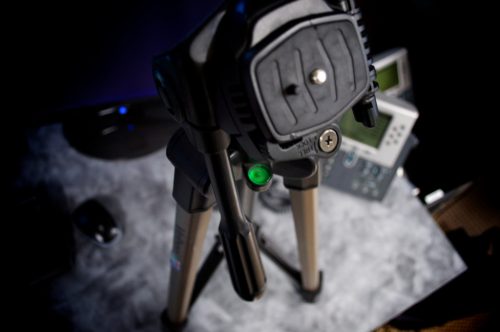
Lenses
In our rush to expand our lens armory, we often pick out the cheaper, longer zooms. Perhaps that is because we are already used to the kit lens our camera came with. Perhaps because we want the maximum focal length range for the minimum cost. However, whilst these lenses are usually pretty decent optically, they are not well made. Should you decide to continue your photographic journey, you may well find these lenses to not last the course.
More expensive “pro” lenses often have shorter focal length ranges but conversely, they will be much better made and have faster apertures. Rather than invest in one long superzoom, save up and build a collection of good quality lenses over time. The investment you make in good glass will reap its rewards in resale value should you decide to move to a different system.
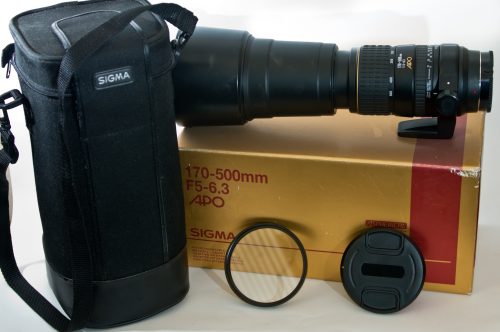
Camera Bags
We spend thousands on finely engineered high tech photographic equipment and then carry it in a bag made of thin canvas. Camera bags can be expensive but there is a reason for that. They are made of high-quality fabrics with strengthened edges and lots of interior padding. Like a good tripod, a good camera bag will protect your photographic equipment for many years ahead. Unlike camera’s the design and technology behind camera bags changes at a glacial pace so even if you do like to have the latest and greatest, the chances are your camera bag will still be the latest tech after ten years.
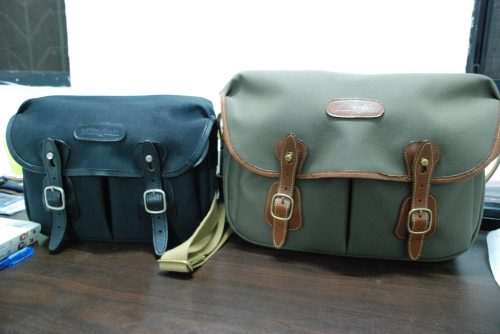
Sundries
There are many different things we need for our digital cameras. Memory cards, filters, card readers etc. All are worth spending a little extra on but none more so than memory cards. Sadly SD cards are very easy to fake or make cheap versions of. There is a much higher probability of failure with fakes and budget cards than if you spend the extra few dollars on the brand names.
It's not only the names though but where you buy them. Ebay, for example, has a number of pages devoted to spotting fake cards. Why? Because it is a haven of counterfeit memory cards. Choose a reputable and well-known dealer for peace of mind.
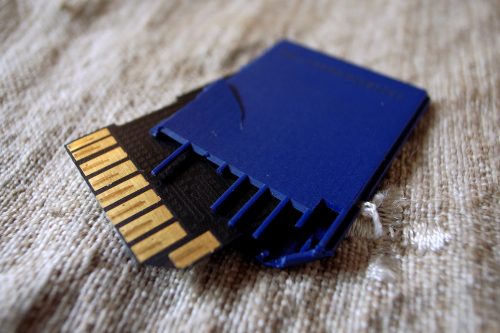
Filters are another prime example where buying cheap is going to lead to disappointment. You may well have spent more than $1000 on a lens, why would you then place a $20 piece of glass over the front of it. Quality filters are expensive for the same reason lenses are. They are well designed and use the best quality optical glass.
Card readers are another area where we tend to save. Cheap card readers have a habit of going wrong just when you need them. Out in the field with full cards and no way to transfer the images. Invest in a decent card reader and like the other items mentioned, it will last a long long time.
One of the items I have not mentioned here is camera bodies. The reasons for that is twofold. Firstly, even budget DLSRs and Mirrorless cameras are pretty well made these days and have many of the same features as their more expensive counterparts. Secondly, technology in camera bodies moves at such a pace that unless you are using cameras for professional use it is unlikely that you will need all the megapixels, speed and features that the top level cameras have. Here budget, for many, will be a better option.
Photography is an expensive profession or pastime. However, by making good investments in quality products we can counter that expense by getting years of good use out of our equipment.

